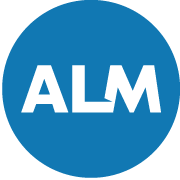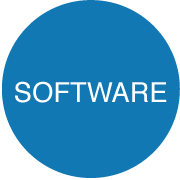“Complex topics described very well” M. Lynch, BLME
An Overview
The ALM Academy, developed and presented by ALMIS® International, successfully launched its first seminar on Thursday 27th March 2014. This series of high-level seminars has been specifically developed for directors, senior banking executives and members of a bank or building society ALCO to address key areas of ALM with a focus on the principals and strategic implications of the latest CRD IV regulations.
Our enthusiastic and knowledgeable delegates fully engaged in the interactive programme of workshops, discussions and the sharing of ideas under Chatham House rules. Delegates agreed that limiting the number of participants to 16 enabled more productive discussion and in-depth analysis of the issues.
The Delegate Experience
Overall feedback was very positive with 90% of the delegates agreeing that the content was informative, well presented and highly relevant. In particular, the use of case studies proved to be a very effective mechanism for understanding and applying ALM principals. We have taken on board suggestions for additional case study examples for future seminars. Here are just a few of the comments from the very satisfied inaugural ALM Academy class!
“A very useful day of both presentations and discussions around the key issues” N. Walker, Marsden Building Society
“A good grounding in Capital and Liquidity” R. Hetherington, Buckinghamshire Building Society
“Good overview of everything and deeper on the parts I wanted. Great to have case studies, good balance of difficulty and time.” S. Cotterill, Holmesdale Building Society
“Excellent day” A. Evans, Teachers Building Society
Topics Covered
The morning session included an insightful presentation on the overview of ALM under CRD IV as well as an in-depth review of IRRBB coupled with an interactive case study. This highlighted the significant benefits of using an integrated system such as ALMIS® for both ALM and Regulatory Reporting. We also covered analysis on Capital Adequacy under CRD IV with a particular focus on Risk weighted assets and CVA capital requirements.
The afternoon session concentrated on the topical subject of Liquidity management under CRD IV followed by a case study that examined a sample balance sheet for which all participants were asked to calculate ILG, LCR and NSFR.
The day concluded with an insight into Margin Management and FTP followed by discussion of Management framework and best practice.
Expert speakers on the day were Colin Johnson, Gianfranco De Martino, Andrew Capps and Joe Di Rollo. Full speaker profiles and seminar details can be found on our website.
Future Seminars
The initial seminar generated significant demand from the banking community throughout the UK. In response we are repeating the March seminar at the following locations:
London – Thursday June 12th 2014, The Grange Hotel St. Pauls, London.
Edinburgh – June 2014 – date and location TBC.
Places are limited so register your interest now by contacting Cecilia Mueller, Business Development Executive or call 0131 452 8898.







